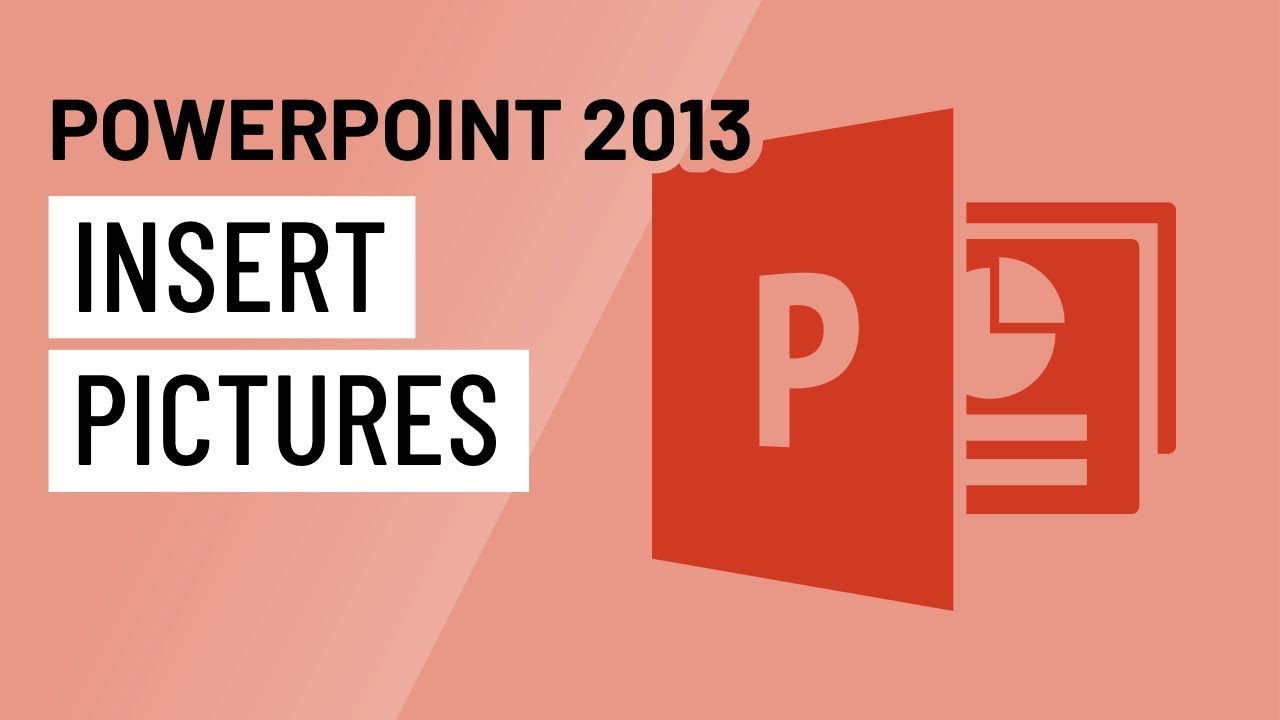
Introduction:
Microsoft PowerPoint 2013, a quintessential tool for creating dynamic and engaging presentations, empowers users to convey their messages effectively through a combination of text, graphics, and multimedia elements. Among these elements, images play a pivotal role in enhancing the visual appeal and communicative power of your slides. In this extensive guide, we will delve into the intricacies of inserting images into PowerPoint 2013 slides, exploring the various methods, customization options, and best practices to ensure your presentations captivate and resonate with your audience.
Understanding the Importance of Images in Presentations:
- Visual Impact: Images have the inherent power to capture attention and convey complex ideas in a concise and memorable manner. Integrating visuals into your slides enhances the overall impact and helps break down information for better understanding.
- Engagement: Visual content stimulates audience engagement by creating a more immersive and relatable experience. Whether it’s photographs, charts, diagrams, or infographics, images provide a visual anchor for your message, making it more compelling and memorable.
- Communication Efficiency: Images serve as a universal language, transcending linguistic barriers. Integrating visuals into your PowerPoint presentations allows you to communicate ideas efficiently, ensuring your audience grasps concepts quickly and retains information effectively.
Inserting Images into PowerPoint 2013:
- Using the Insert Tab:
- Procedure:
- Open your PowerPoint presentation and navigate to the slide where you want to insert an image.
- Click on the “Insert” tab in the Ribbon.
- Choose “Pictures” to insert an image from your computer, or select “Online Pictures” to search and insert images directly from the web.
- Procedure:
- Dragging and Dropping Images:
- Procedure:
- Open the folder containing the image files on your computer.
- Drag the image file directly onto the PowerPoint slide where you want to insert it.
- Procedure:
- Copy-Pasting Images:
- Procedure:
- Open the image in an image editing software or a web browser.
- Copy the image (Ctrl + C on Windows or Command + C on Mac).
- Paste the image directly onto the PowerPoint slide (Ctrl + V on Windows or Command + V on Mac).
- Procedure:
Customizing and Formatting Images:
- Resizing Images:
- Procedure:
- Click on the image to select it.
- Drag the corner handles to resize proportionally.
- Alternatively, use the “Size” options in the Format tab for precise resizing.
- Procedure:
- Cropping Images:
- Procedure:
- Select the image.
- Navigate to the Format tab and choose “Crop.”
- Adjust the cropping handles to define the desired area and click outside the image to apply.
- Procedure:
- Applying Picture Styles:
- Procedure:
- Click on the image.
- Navigate to the Format tab and explore the “Picture Styles” options to apply preset styles, borders, and effects.
- Procedure:
- Adding Image Borders:
- Procedure:
- Select the image.
- In the Format tab, choose “Picture Border” to add a border. Customize border color and weight as needed.
- Procedure:
- Adjusting Image Brightness and Contrast:
- Procedure:
- Select the image.
- Navigate to the Format tab and click on “Corrections” to adjust brightness and contrast. Use the “Artistic Effects” for additional enhancements.
- Procedure:
Advanced Techniques:
- Grouping Images:
- Procedure:
- Select multiple images while holding down the Shift key.
- Right-click and choose “Group” to treat them as a single object. This is useful for maintaining the relative positions of multiple images.
- Procedure:
- Layering Images:
- Procedure:
- Select the image you want to move.
- Right-click and choose “Send to Back” or “Bring to Front” to adjust the layering order of images on the slide.
- Procedure:
- Inserting Images into Shapes:
- Procedure:
- Create a shape using the Shapes tool in the Insert tab.
- Right-click on the shape, choose “Format Shape,” and go to the “Fill” tab.
- Choose “Picture” or “Texture Fill” and insert an image into the shape.
- Procedure:
Practical Tips for Effective Image Usage in PowerPoint 2013:
- Consistency in Style: Maintain a consistent style for your images to ensure a cohesive and professional appearance. This includes using similar color schemes, borders, and styles across all images in your presentation.
- Image Quality: Ensure that your images are of high resolution to avoid pixelation when projected. Use image editing software to enhance and optimize image quality if necessary.
- Relevance to Content: Select images that directly support and enhance your presentation content. Irrelevant or generic images can distract the audience and dilute your message.
- Visual Hierarchy: Utilize images to create a visual hierarchy on your slides. Highlight key points with larger or more prominent images to guide the audience’s attention.
- Alt Text for Accessibility: For accessibility, provide alternative text (Alt Text) for your images. This assists individuals with visual impairments in understanding the content of your slides.
Conclusion:
The effective use of images in PowerPoint 2013 is a powerful tool for elevating the quality and impact of your presentations. By mastering the techniques of inserting, customizing, and formatting images, you can create visually stunning and compelling slides that resonate with your audience. As you navigate the creative process of crafting presentations, let the art of incorporating images be your guide to delivering messages that captivate, inform, and leave a lasting impression. Happy presenting!